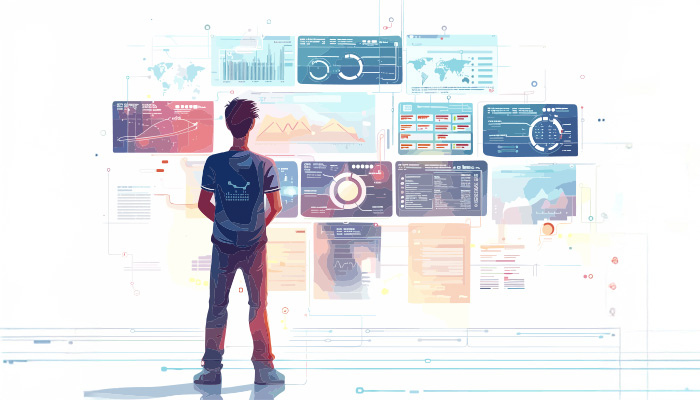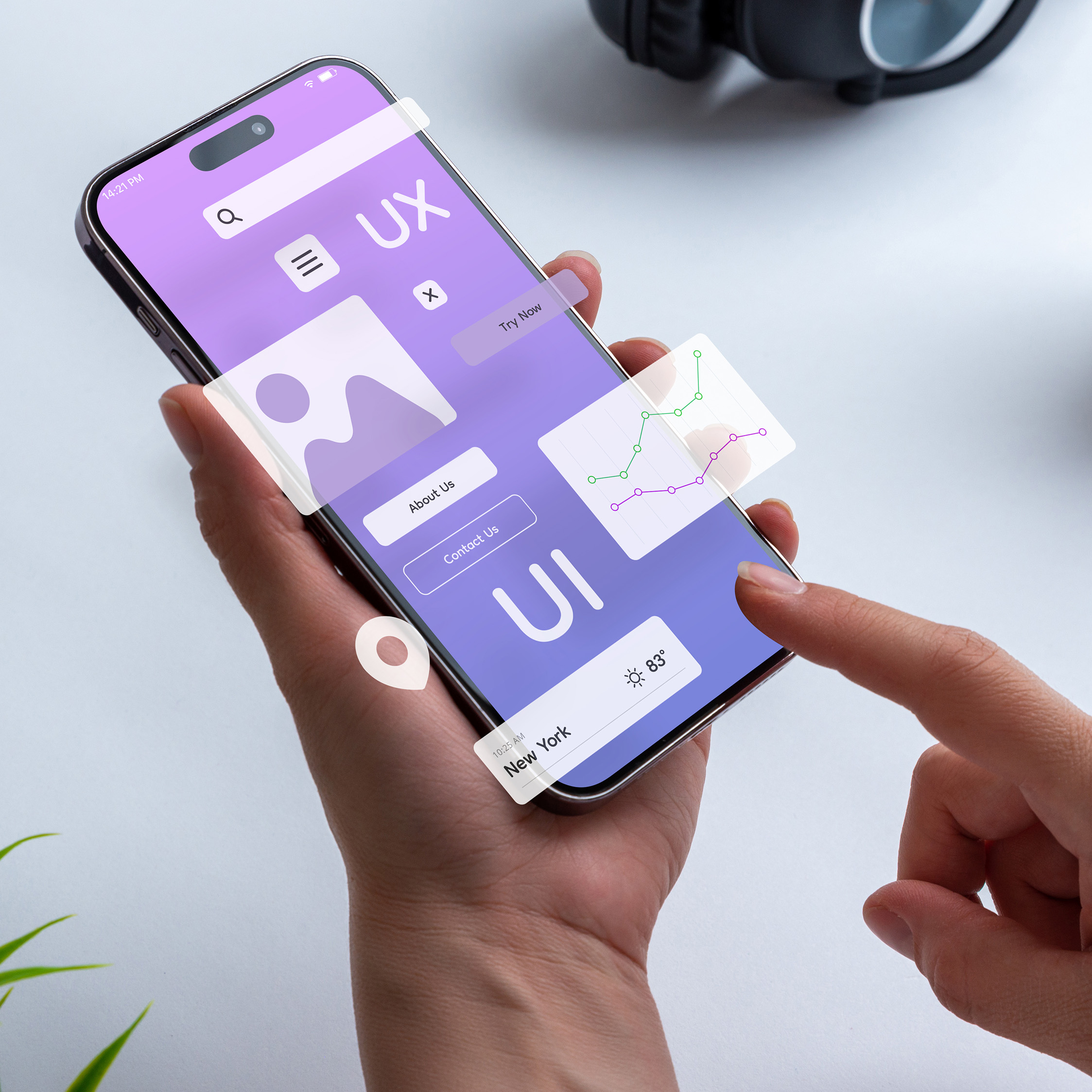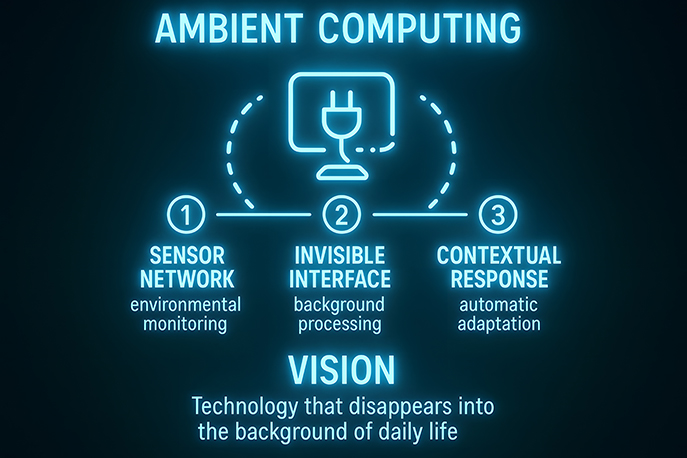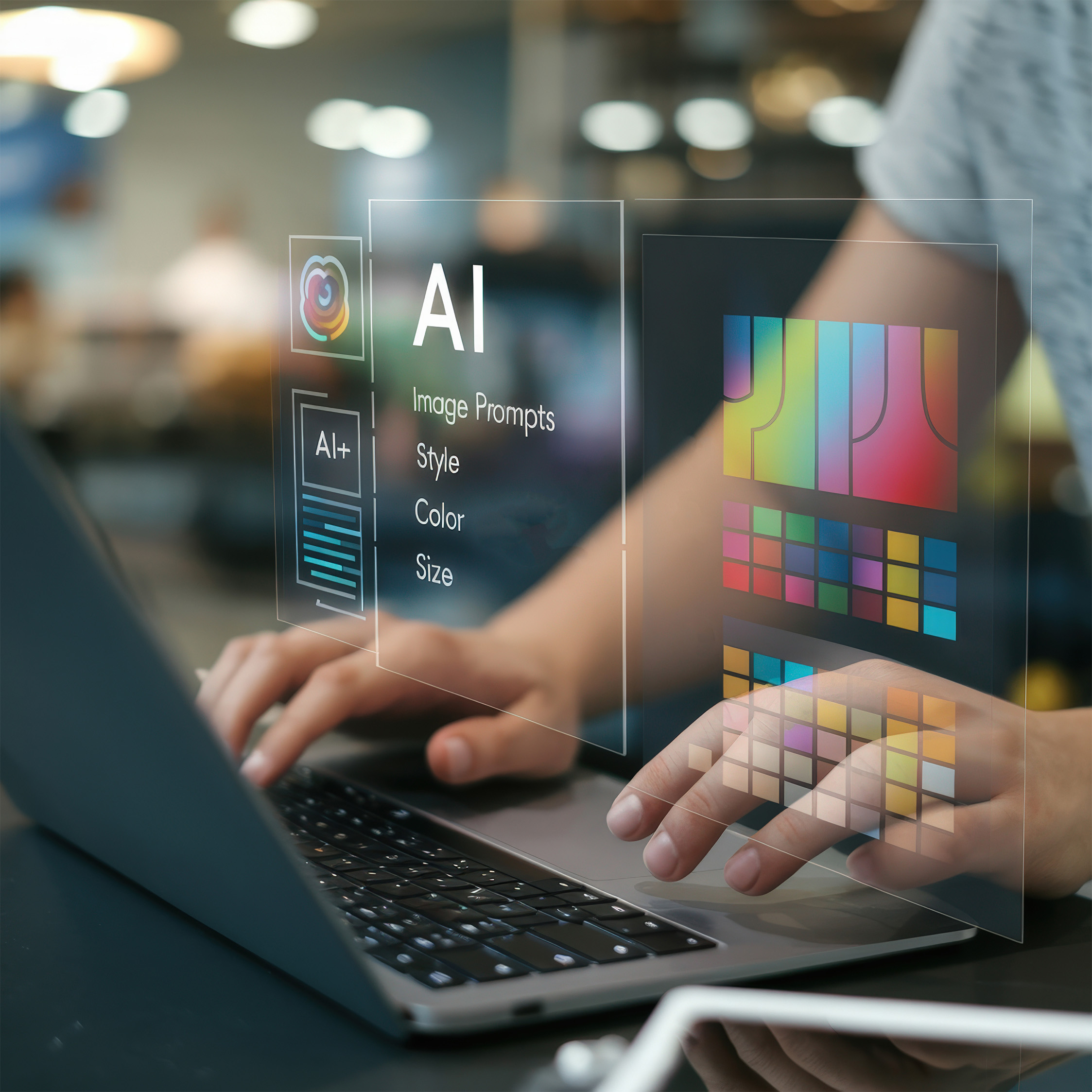
Digital Agency Blog
The Future of UI: Will Interfaces Even Exist?
It’s hard to imagine using a computer without some sort of interface. Buttons, menus, and scrollbars have been with us since the dawn of the desktop era. But as we race into an age of AI personal assistants, voice interfaces, brain-computer interfaces, and ambient computing, one question is quietly gaining volume:
"In the future, will we even need user interfaces?"
That might sound like tech blasphemy. After all, UI design is the bread and butter of digital interaction. But what if the butter starts buttering itself? What if interaction becomes so seamless and predictive that the interface… vanishes?
Let’s unpack that idea—without triggering too much existential dread.
From Visible to Invisible

User interfaces were once proudly visible. Remember Windows 95? You clicked buttons the size of postage stamps, and the screen looked like it was designed for work first and humans second. Over time, UI design trends evolved becoming cleaner, flatter, and more intuitive. We moved from clunky desktop software to mobile apps, from skeuomorphic realism to minimalist design.
And now?
We’re moving toward invisible interfaces—where the goal isn’t to guide the user’s eye, but to anticipate the user’s needs before they even act.
"The best interface is no interface at all." — Golden Krishna, author of The Best Interface Is No Interface
Voice assistants like Alexa and Siri let you skip screens entirely. Smart home systems adjust your lighting without a single tap. And in the future, neural interfaces like Elon Musk’s Neuralink propose a world where thinking is the new clicking.
Okay, that last one is still a bit sci-fi—but the trajectory is real.
The Rise of Ambient Computing

Ambient computing describes technology that blends into your environment, responding to context, preferences, and behavior—without requiring conscious input. Think motion-sensor lights, wearables that track your biometrics, or smart cars that pre-adjust your seat temperature.
"We're moving from user interface to user intuition."
Google’s Project Starline, Meta’s AR glasses, and Apple’s Vision Pro all point to a UI feature that’s 3D, spatial, and increasingly gesture-based. The “interface” isn’t gone—it’s just moved off-screen and into the air around you.
So… Are Designers Doomed?
Not at all. But the role of the UI/UX designers is evolving—and fast.

Future designers will need to:
- Design for context, not just screens
- Understand AI behavior, prediction, and automated workflows
- Consider multi-modal interactions (voice, gesture, haptics, gaze, etc.)
- Think ethically about data, privacy, and AI automation
“Designers of the future won’t just design interfaces. They’ll choreograph experiences.”
And yes—someone will still have to decide if your holographic dashboard should use a calming blue gradient or neon pink.
The Interface Isn’t Dead—It’s Evolving
Even in the most seamless future, interfaces won’t disappear—they’ll adapt. Total invisibility might sound cool, but it also sounds… terrifying. No one wants a smart oven guessing you meant to reheat your pizza at 700 degrees.
"Invisible UI is great—until it misreads your intent and turns your bedroom into a disco at 3 AM."
We’ll always need points of control—moments where users can understand, interrupt, or override the machine. Interfaces will shift from fixed screens to ambient environments, from dashboards to dialogues, from buttons to gestures, language, and intent.
We may stop clicking “OK” on pop-ups, but we’ll still be interacting. The interface isn’t going extinct—it’s becoming more subtle, distributed, and intelligent.
Designers aren’t going away either. The ones who thrive will be those who adapt, experiment, and think beyond the screen—because whether we're tapping, talking, waving, or thinking, we’re still interfacing. Just differently.
As interfaces evolve, FabCom is already designing what’s next. Our team blends UX/UI innovation with strategic foresight to create seamless, future-ready experiences. Explore our full-service capabilities.